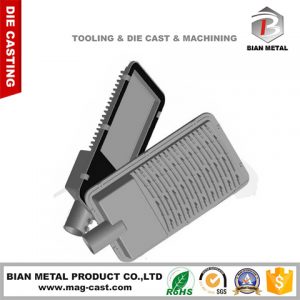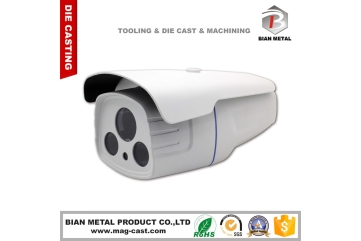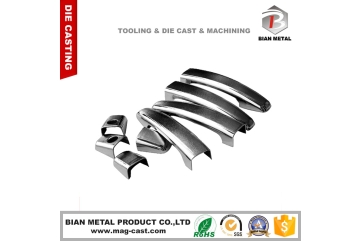Aluminum Die Casting vs Zinc Die Casting
In the intricate world of manufacturing, the art of casting plays a pivotal role in creating intricate and complex components. Aluminum die casting and zinc die casting are two advanced techniques that enable the creation of precision-engineered parts with intricate details and exceptional durability.
Aluminum die casting is a process that involves injecting molten aluminum into a mold to create intricate components with high precision.
Design Flexibility
The versatility of aluminum die casting allows for intricate designs and complex geometries to be achieved, resulting in components with exceptional functionality.
Lightweight and Durable
Aluminum offers a combination of lightweight properties and durability, making die-cast aluminum components suitable for applications requiring strength without excessive weight.
Heat Dissipation
Aluminum’s excellent thermal conductivity makes it an ideal choice for components that require efficient heat dissipation, such as electronic housings.

Zinc die casting involves injecting molten zinc into a mold to create intricate components with fine details and tight tolerances.
Fine Surface Finish
Zinc die casting produces components with a smooth and high-quality surface finish, reducing the need for additional finishing processes.
Dimensional Stability
The dimensional stability of zinc die-cast components ensures that they retain their precise shape and fit, even under varying conditions.
Minimal Machining
Zinc die casting often requires minimal post-casting machining, resulting in reduced production time and cost.




